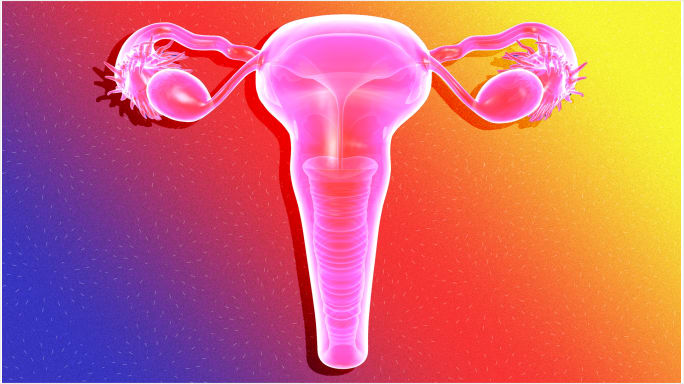Stranger things have happened.
If you’ve ever been pregnant, you know it’s super irritating when someone asks you if you’re expecting twins when you’re only having one baby. (If you haven’t been pregnant, you can problem imagine how irritating this would be.) But what if you are carrying twins…and you just don’t know it?
Hidden twins are exactly what they sound like – a twin pregnancy that goes undiscovered. Twins can be detected on an ultrasound in the first trimester — as early as 4-6 weeks after you miss your period, and their heartbeats can be found at 6-8 weeks (it’s also pretty hard to distinguish two heartbeats, and having two doesn’t always indicate twins). By 6 – 12 weeks, says Dr. Carri R. Warshak, it’s unlikely that a twin can be missed. It’s more likely that triplets will be missed, because the fetuses are so small, but if you’re skipping out on prenatal care or you have a fibroid uterus, a twin can be missed. It is possible, though, that the two-dimensional perspective of the ultrasound could only catch one embryo, and the other one, if it’s directly behind the first, is missed. (Some doctors compare this phenomenon to an eclipse.) If the babies are contained in the same sac, they’re so close together that it’s easy to miss them in an ultrasound. If you have an ultrasound later in your pregnancy, it should confirm whether or not you’re having twins – by 20 weeks, it should be totally clear.
Every pregnant body is different, so weight gain, of course, varies, and it doesn’t mean you’re in for multiples. A found out she was having twins at 11 weeks, but as she started feeling movement, she suspected there was more going on. She had another sonogram at 23 weeks, which still “only” showed twins, but another one at 27 weeks proved she had been right all along – there was a third baby, which she’s been carrying super low. She hadn’t gained very much weight – 35 pounds, so she hadn’t based her suspicion on that. “I wouldn’t count on the weight to tell you and most women measure a little different. Go with your gut feeling!”
Weight gain isn’t necessarily an indication of multiples, but there are other signs that you might have more than one baby on the way before getting that initial ultrasound. They include super terrible morning sickness, a very early positive pregnancy test (a urine test can’t tell you if you’re having twins, but a blood one, which assesses human chorionic gonadotropin levels, can give you a better idea of what’s up, although it’s not a sure fire confirmation method), measuring larger sooner (although if you’ve been pregnant before, you’re likely to show sooner anyway), being super tired, and a lot of early fetal movement, although, again, this could be due to a lot of things that have nothing to do with multiples, like gas. If you have an alpha-fetoprotein screening – that’s a blood test at 15-17 weeks of pregnancy that looks for chromosomal disorders – higher than normal levels could mean you’re having twins.
You might think that having IVF would help to negate the possibility of hidden twins, since monitoring in the first trimester is so intense, but not necessarily. N and her husband transferred two embryos and while at her 6 and 7 week ultrasounds there was only one baby, by 9 weeks, there were two. “I knew it was a possibility in the beginning, but after two ultrasounds showing one baby, it’s the last thing I expected to see!”
If you’re still suspecting something is up, even though you have evidence to the contrary, you can request a 3D (or 4D) ultrasound – these take various two dimensional shots of the fetus and then form a three dimensional rendering. These ultrasounds aren’t standard, they’re usually only done for fetal anomalies, since it’s not totally clear what the risks of repeated ultrasounds are. The lesson here, like in any other medical situation, is to keep communicating with your doctor.
Cover image courtesy of Getty Images




comments